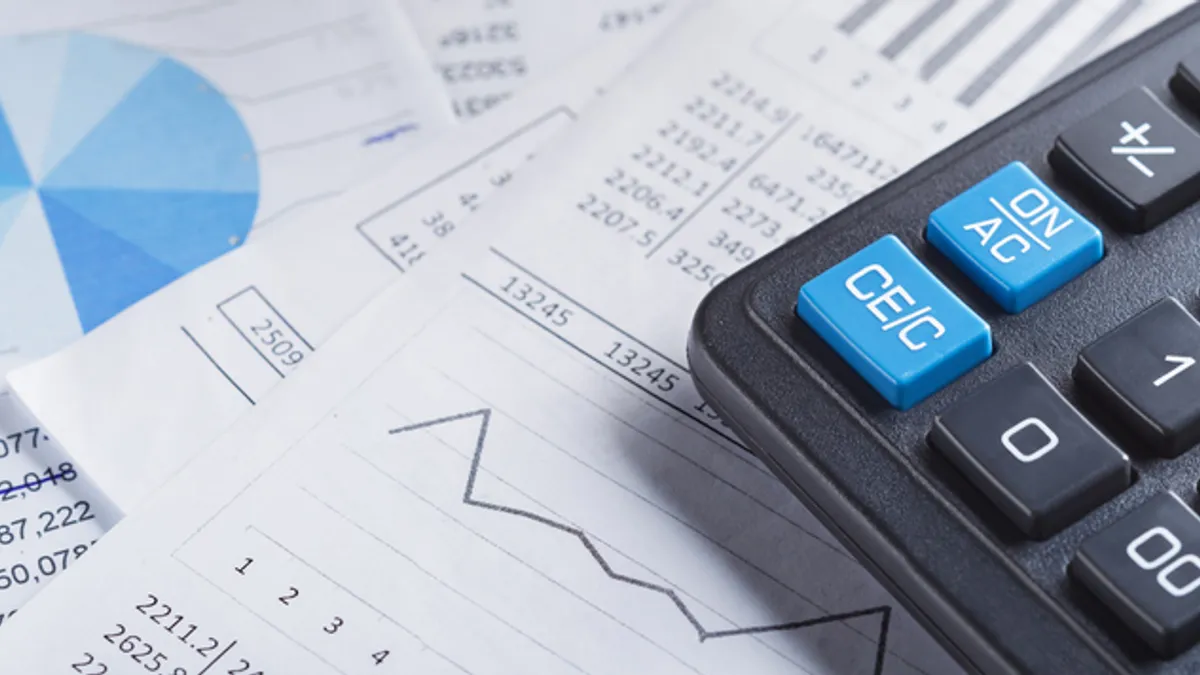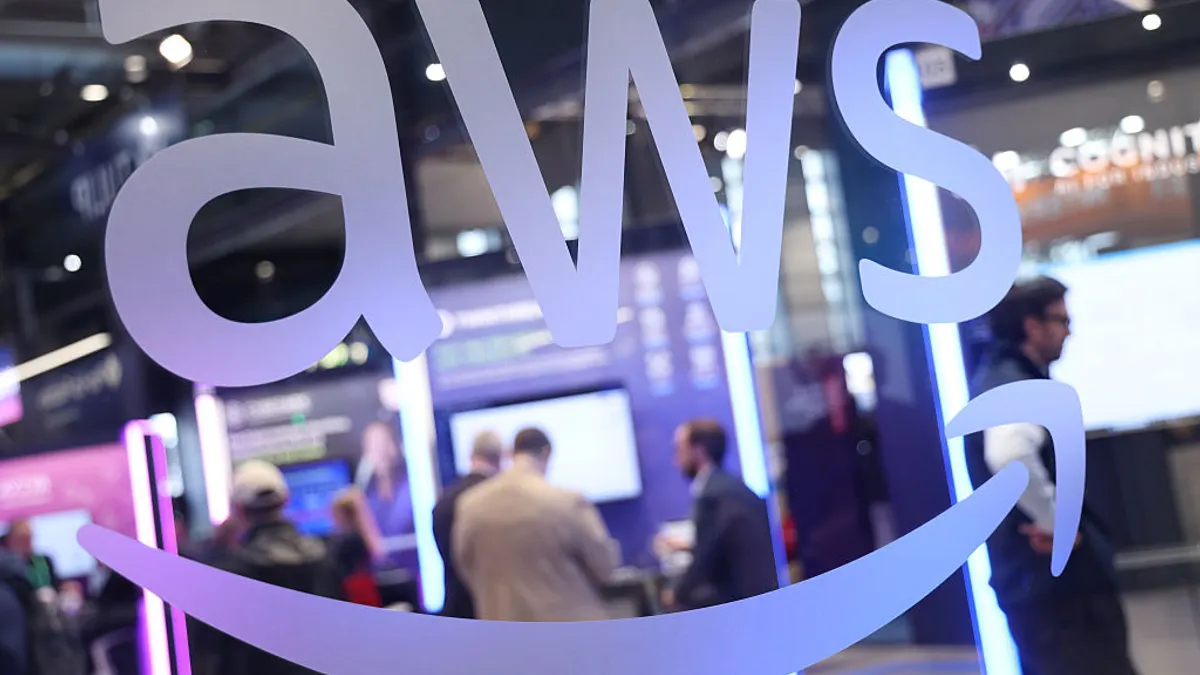Julie Girard is head of product strategy and management in the Accounting & Finance, Financial Services group at Austin, Texas-based software provider Oracle. Views are the author’s own.
The business landscape is undergoing a dramatic transformation. Increasing market volatility, regulatory complexity, and the sheer volume of data demands a new approach to financial management.
Traditional accounting practices, anchored in the monthly close cycle and reliant solely on summarized accounting in the general ledger, are struggling to keep pace. This outdated approach encourages businesses to have a reactive posture that limits insights to post-close reviews and delays crucial decisions. In today's dynamic environment, organizations need a more agile and proactive financial framework.
The answer lies in continuous accounting, a modern financial management approach that empowers companies to stay ahead of the curve.
Continuous accounting, powered by a robust subledger working in concert with the general ledger, offers a paradigm shift. Capturing accurate, granular data throughout the accounting period empowers CFOs and finance leaders with up-to-date insights into their financial position at the corporate level and a deeper understanding of their business segments and customers.
This proactive approach alleviates deadline pressure, frees resources previously consumed by manual processes, and facilitates faster reporting and analysis for more informed decision-making, driving greater agility and competitive advantage. It also allows for better risk management by providing intra-day insights into potential financial issues such as better management of liquidity needs to ensure sufficient funding to meet both short-term obligations and long-term strategic goals. For example, in financial services, institutions can use data in the instrument subledger to better understand the maturity profiles of loans and timing of payments to forecast liquidity gaps in mortgage portfolios or mitigate potential funding crises.
Accounting transformation
Continuous accounting transforms core financial operations by streamlining the entire process and minimizing manual interventions. Instead of grappling with data scattered across disparate systems, a complete accounting solution, incorporating both general ledger and subledgers, provides a single source of truth for accounting, which can improve data integrity and enable more accurate reporting.
With this timely data visibility, organizations can proactively identify and resolve discrepancies, shifting from reactive, post-close adjustments to continuous reconciliation. This frees finance teams to focus on strategic higher-value activities like performance analysis and business planning.
Enterprises can also use timely data to generate dynamic dashboards and reports that surface instant insights and enable agile responses to changing market conditions. In financial services, for example, the granular data captured by an instrument subledger helps uncover hidden trends like interest rate sensitivities and allows institutions to optimize financial outcomes. The streamlined reconciliation process also reduces the effort needed to align data across ledgers and systems, freeing up resources for deeper financial analysis.
Leveraging AI, machine learning
The true transformative power of a complete accounting solution is unleashed through intelligent automation, integrating machine learning and artificial intelligence. These technologies automate complex tasks, enhance accuracy and unlock valuable insights from vast datasets. AI and machine learning enable the platform to ingest and process massive volumes of data — potentially hundreds of millions of transactions daily — from various core financial systems, eliminating the bottlenecks associated with manual data entry and processing.
This granular data capture, down to the individual transaction level — including details like date, vendor, amount, geographic location, and corresponding contract data — provides a rich dataset for analysis and reporting. In financial services, this translates to proactive risk assessment and capital optimization, while other industries can use the same technologies to anticipate trends, respond to demand shifts, or manage global supply chain disruptions.
Beyond efficiency
Continuous accounting extends beyond immediate efficiency gains. It sets the foundation for long-term success by addressing data migration and integration challenges. A natively integrated accounting system consolidates all aspects of the financial reporting process, eliminates data silos, and enables seamless data flow between accounting, ledger, and consolidation and reporting applications for a holistic view of financial performance and enhances strategic decision-making capabilities.
Implementing a complete accounting solution streamlines data migration from legacy systems, can reduce the risk of data loss, and provides a smooth transition. Finally, a modern, cloud-based accounting solution offers the scalability and adaptability required to accommodate future growth and changing business needs by providing the flexibility and agility needed to thrive in today's dynamic environment.
Continuous accounting represents a fundamental shift in financial management. By embracing this transformative approach, organizations can move beyond reactive reporting and unlock the true potential of their financial data to drive proactive insights and strategic decision-making.


















